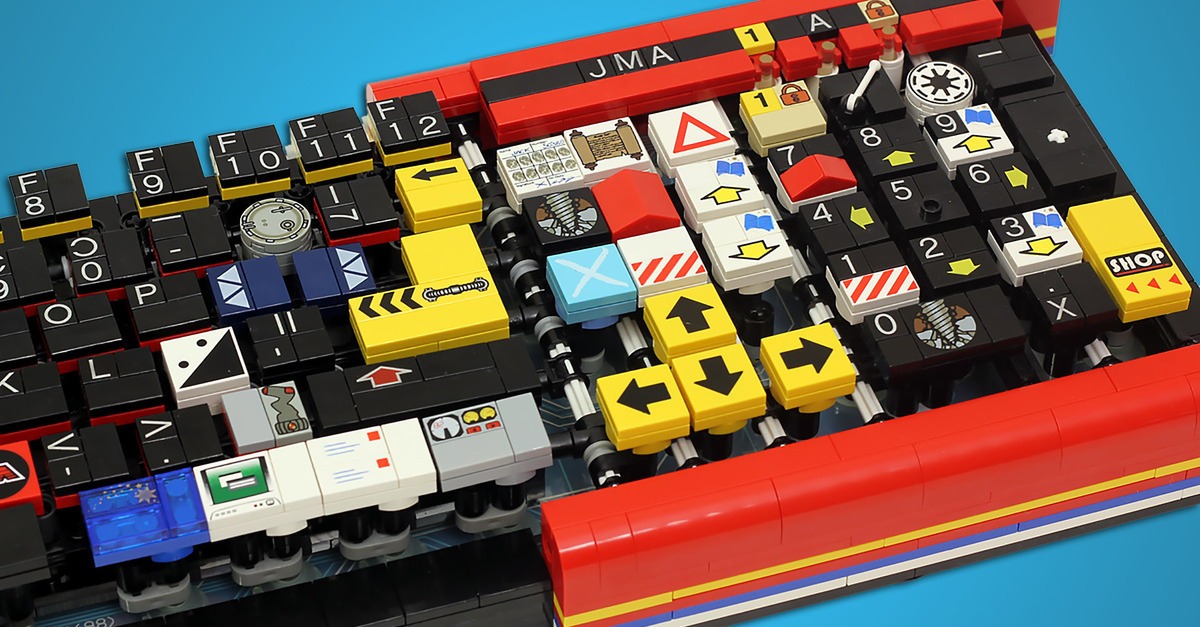TRENDING: Let Kids Learn by Tinkering

Teacher Leslie Engle Young has seen a demonstration of how kids can learn just by experimentation and tinkering with technology they haven’t previously encountered. She recently passed out iPads to a class of fifth-graders in Ghana, and the students intuitively figured out how to navigate the touch screen, how to use the web browser, and various other tasks. After a certain length of time, the fifth-graders were presenting new information they’d learned through their self-directed use of technology.
Young is the director of Pencils of Promise, a non-profit organization that builds schools and provides education for communities in different countries through South America and Africa. The organization recently began implementing experimental teaching methods that include self-directed learning. When fostering this kind of self-directed learning environment, teachers ask an open-ended research question and then allow their students to find the answers on their own. Both technology and collaboration with one another are keys to student success in this type of learning endeavor. The approach is also effective at building communication skills as students present their findings to the rest of the class.
Success with the self-directed learning approach has been consistent regardless of student backgrounds. Kids with healthy levels of natural curiosity have taught themselves how to use computers even when they come from homes without any such technology. Proponents of self-directed learning believe that students will learn, retain, and apply information at much higher levels if they take this kind of active role in their own learning.
This method is seeing more classroom application in schools across the world.
